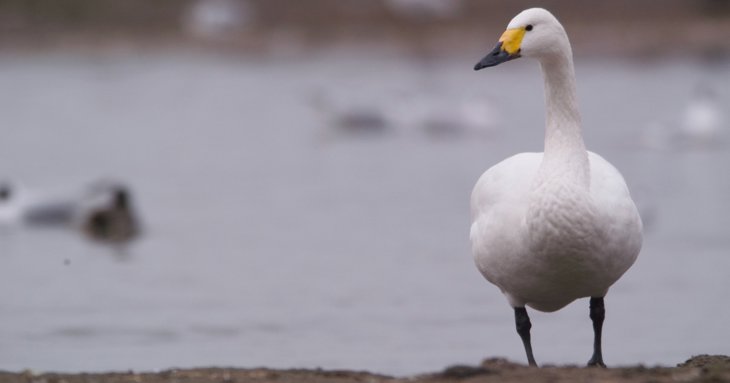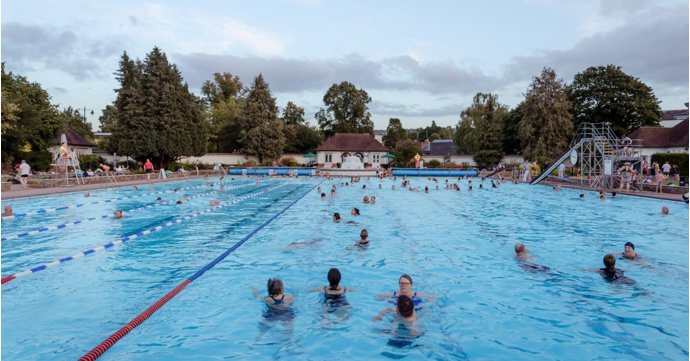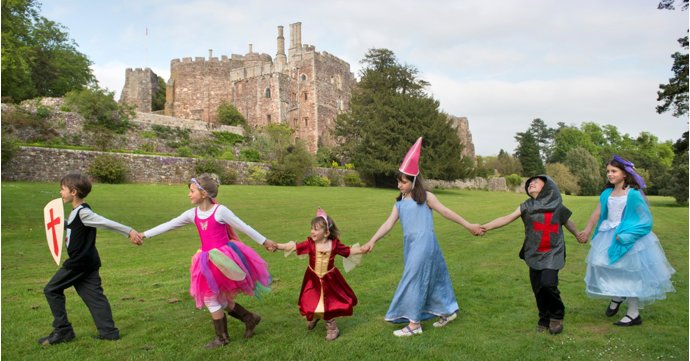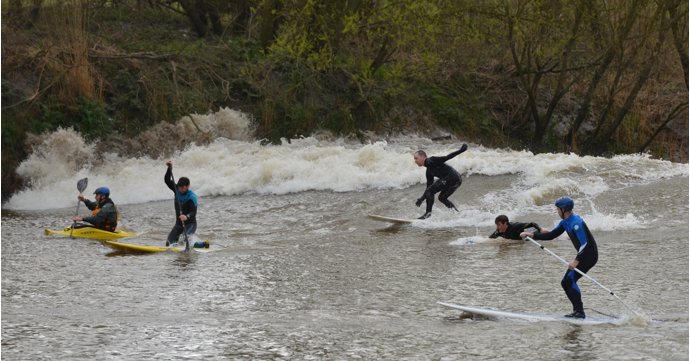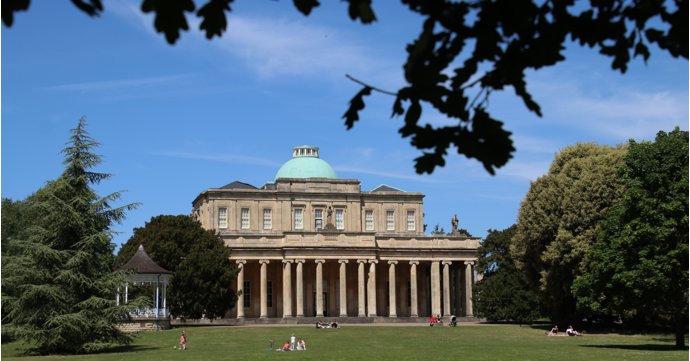The first Bewick's swans of the year have finally arrived at Slimbridge Wetland Centre, with Maisie, her partner Maifield and their two cygnets being the first to touch down this November 2023.
It's the latest arrival since 1965 — and almost a week later than last year — after the birds completed their epic 3,500km flight from the Arctic tundra in Russia, where they breed.
The small white swans with a unique black and yellow bill return to the UK every winter, in search of ice-free wetlands where they can spend the winter.
Maisie has been migrating to Slimbridge every year since 2014 and brought her mate, Maifield, with her in 2016. Since coupling up, they've brought no less than nine babies with them on their annual migration. Maisie even featured in a film about the conservation of Bewick's swans and wetlands across 11 countries from the Arctic to the UK. Slimbridge has also welcomed a new face, Soltsy, this year.
Experts believe the late arrival this year could largely be down to climate change, as warming temperatures in the arctic mean it's likely the birds are leaving their summer breeding grounds later.
Milder conditions in Europe could also mean fewer birds make the journey all the way to the UK in the colder months, with many settling for the winter further east than ever before — with their wintering range shifting more than 350km closer to their breeding grounds since 1970.
Climate change is also a factor in Bewick's swans declining populations, along with habitat loss and illegal hunting, making this year's arrivals even more precious.
Bewick's swans have played an important role in the WWT's history, with founder Sir Peter Scott dedicating much of his life's work to studying the distinctive swans. His technique of identifying individuals by their unique bill pattern is still being used at the centre to this day, with more than 10,000 individuals having been recorded so far.
The WWT's senior research officer, Kane Brides, said: 'For the second year in a row we’re seeing Bewick’s swans returning later than we would expect, with Maisie and Maifield being the latest first arrival on record since 1965.
'Bewick’s swans are a bird that holds special importance to WWT, appearing on our logo and being the subject of a 60-year single species study which has allowed us to track the species’ fortunes in the UK in minute detail for decades.
'If more individuals end up ‘short-stopping’ their autumn migration, it’s possible that in decades to come we might no longer expect to see Bewick’s swans at WWT Slimbridge, a tangible impact of climate change playing out right before our eyes.'
Visitors to Slimbridge can see the Bewick's swans throughout the winter, with admission costing £17.90 per adult and £11.50 per junior, with children under four able to visit for free.


